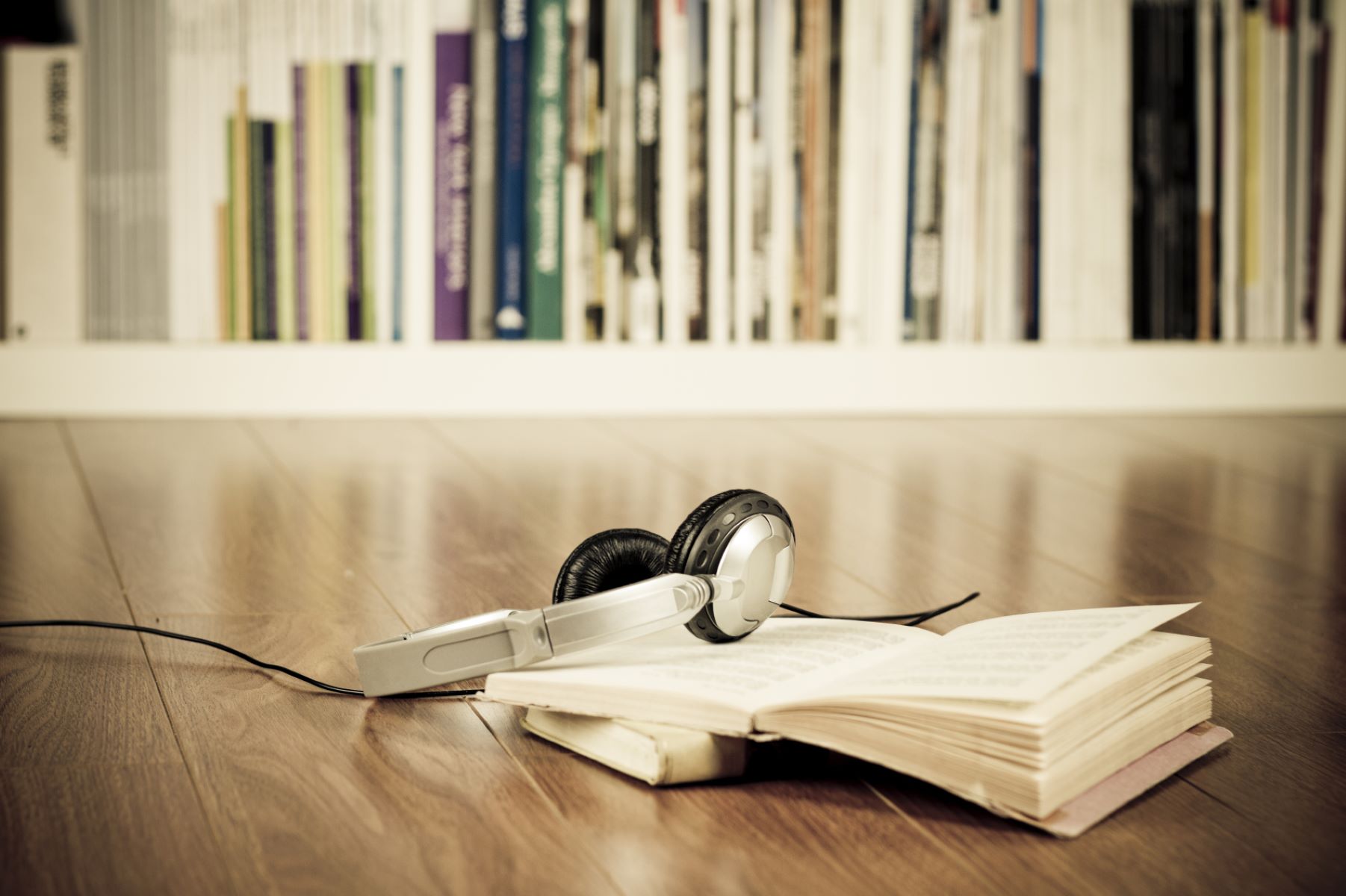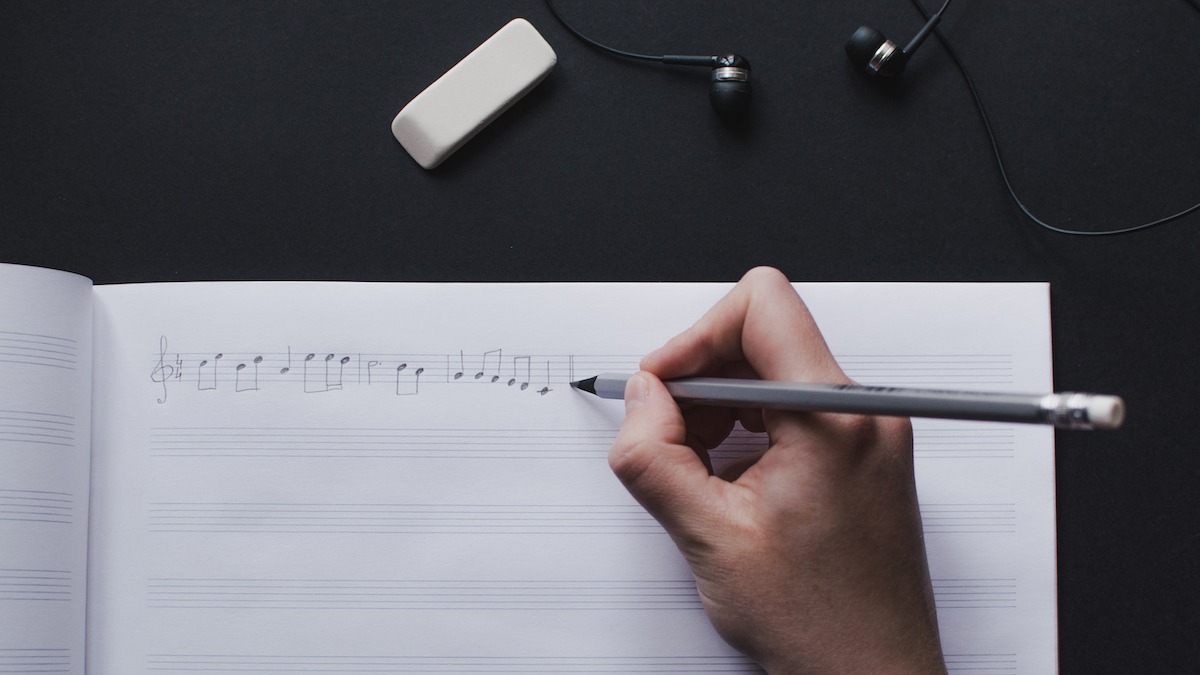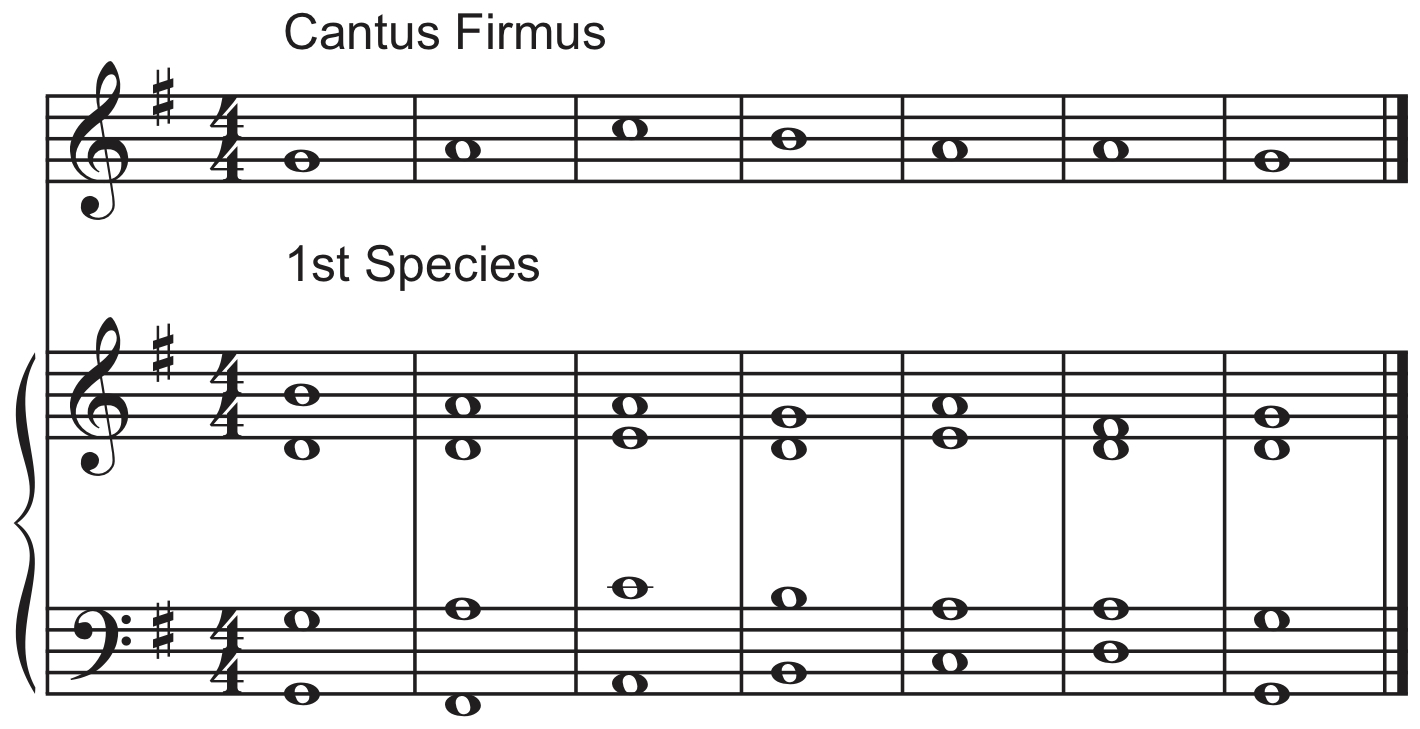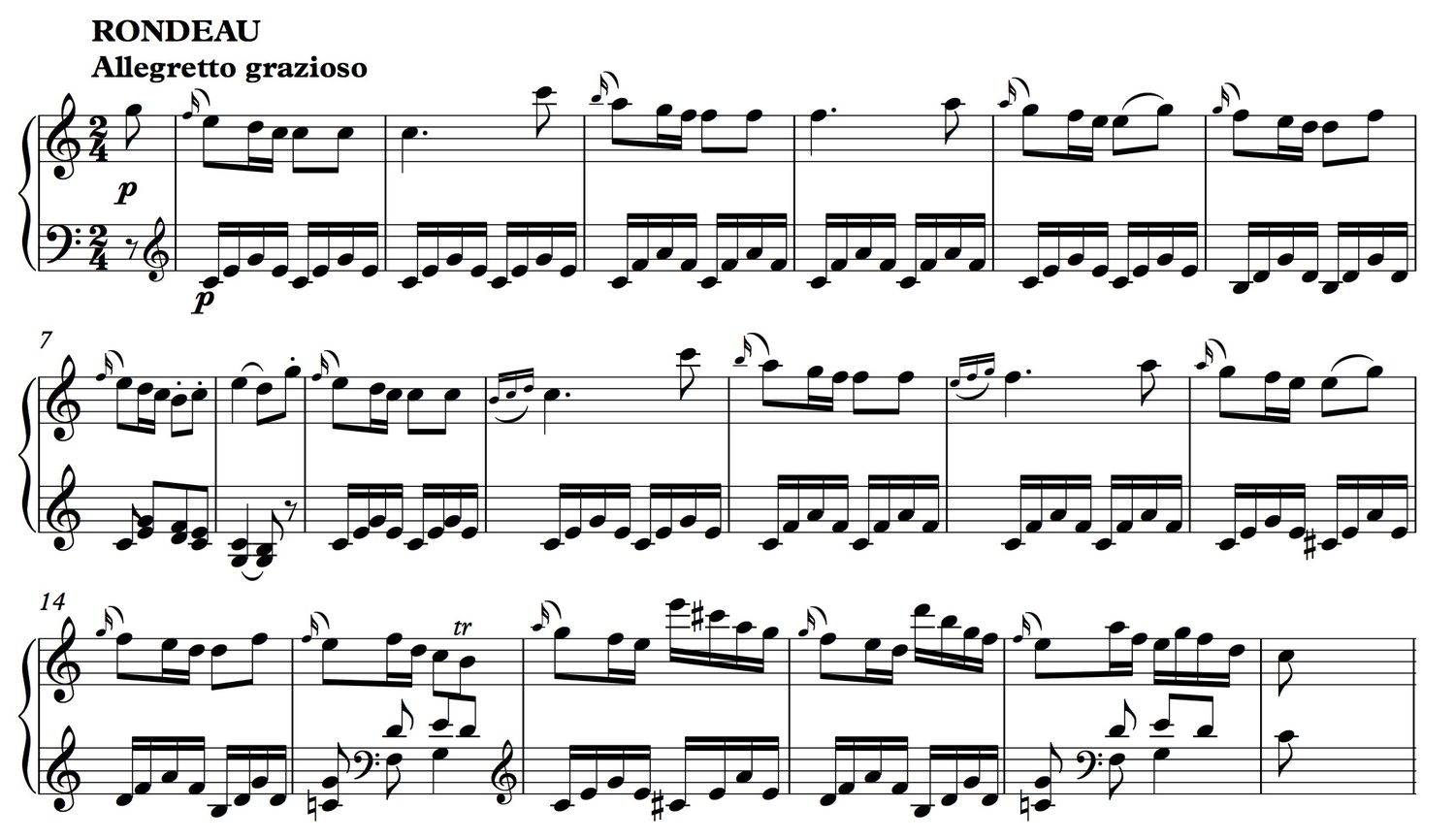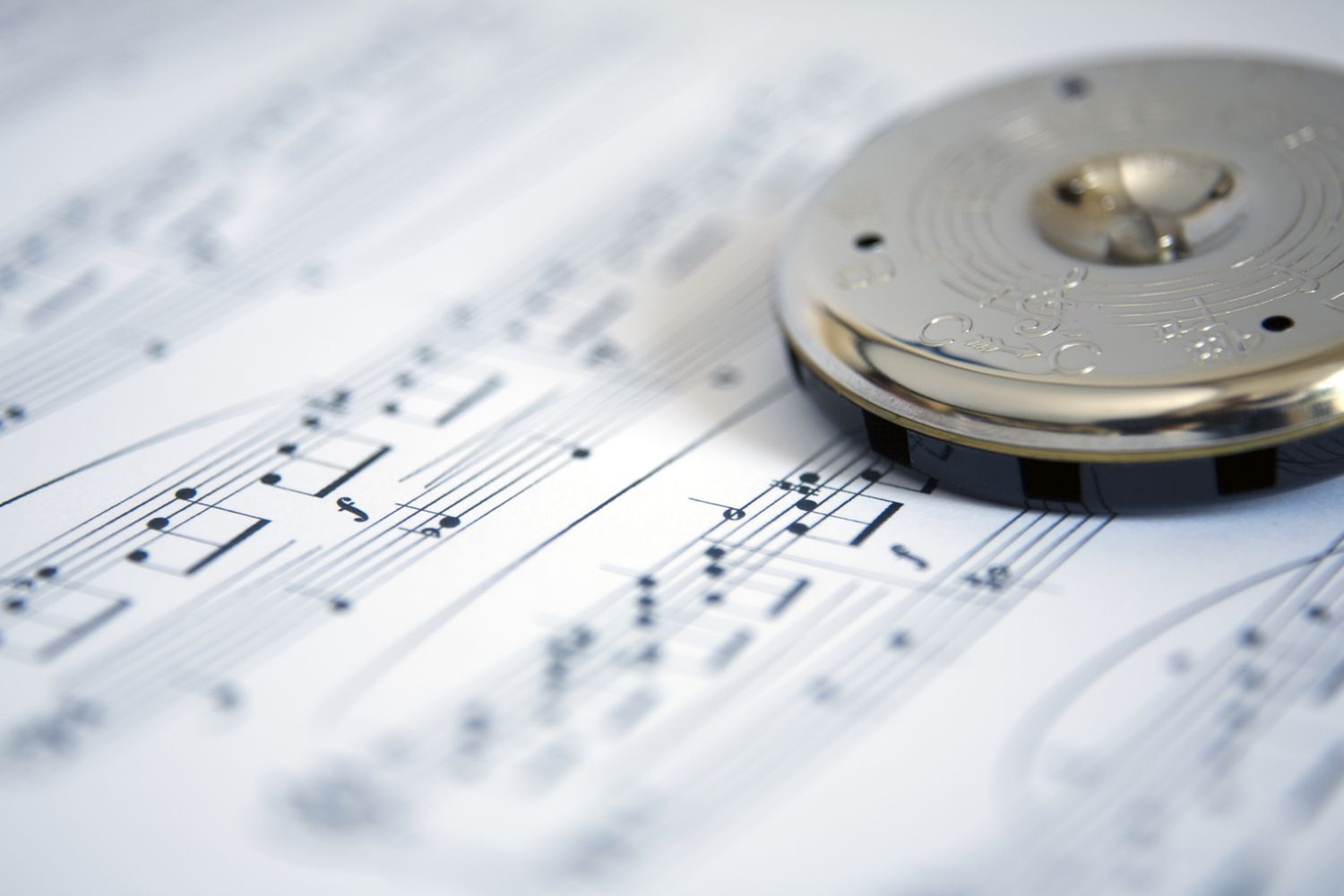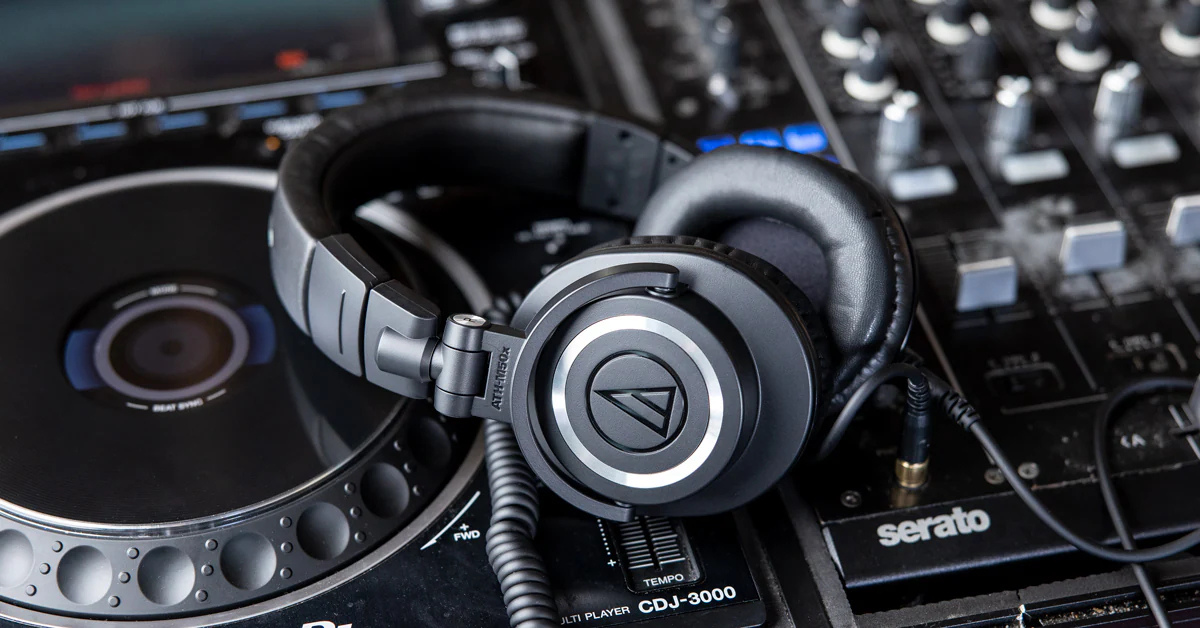Home>Events & Info>Note>How To Write An A Music Note
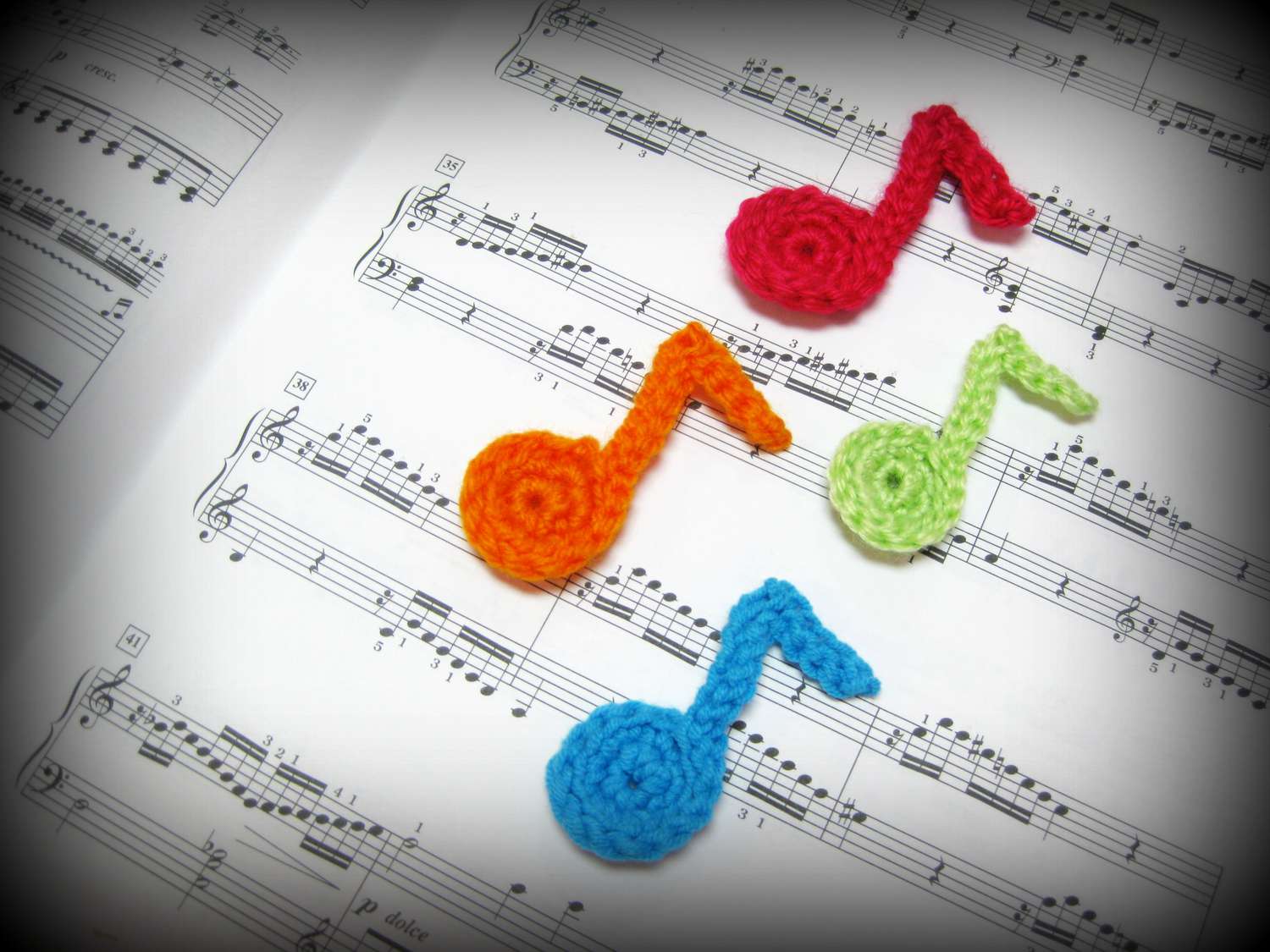

Note
How To Write An A Music Note
Modified: January 27, 2024
Learn how to write an A music note and master the art of note making with expert tips and techniques. Enhance your musical skills and composition abilities.
(Many of the links in this article redirect to a specific reviewed product. Your purchase of these products through affiliate links helps to generate commission for AudioLover.com, at no extra cost. Learn more)
Table of Contents
Introduction
Welcome to the fascinating world of music notes! Whether you are a musician, a music student, or just curious about the art of writing music, understanding how to write musical notes is essential. In this article, we will be focusing on the specifics of writing an A music note, one of the fundamental building blocks of music notation.
Music notes are visual representations of the different pitches and durations of the sounds that make up a piece of music. They provide a universal language for musicians to communicate and perform music accurately. Each note carries its own unique shape and position on the staff, and mastering the correct way to write them is crucial for proper music notation.
In this article, we will dive deep into the intricacies of writing an A music note, covering everything from understanding the basics of music notes to identifying the different parts of the note. We will also provide useful tips and techniques to help you improve your music note writing skills.
Whether you are a beginner or have some experience with music notation, this article will serve as an invaluable resource to help you become more proficient in writing an A music note. So, let’s get started!
Understanding the Basics of Music Notes
Before diving into writing an A music note, it’s important to have a solid understanding of the basics of music notes. Music notes represent the pitch and duration of a sound, allowing musicians to read and interpret musical compositions accurately. Here are the key elements you need to know:
- Pitch: Pitch refers to the highness or lowness of a sound. In music notation, pitch is represented vertically on the staff, with higher pitches placed higher on the staff and lower pitches placed lower. The distance between pitches is measured by intervals, which can be either higher or lower.
- Durations: Durations indicate how long a note should be held. In standard music notation, notes are represented by various shapes, each with a specific duration value. The most common durations include whole notes, half notes, quarter notes, and eighth notes. Rests are also used to indicate moments of silence.
- Time Signature: The time signature tells you the number of beats in each measure and which note value represents one beat. It is typically written at the beginning of a musical piece and helps musicians maintain the correct rhythm and tempo.
Understanding these basic concepts will lay a strong foundation for writing music notes accurately. It’s crucial to familiarize yourself with the different pitches, note durations, and the relationship between notes and rests.
Furthermore, learning to read sheet music and decipher the music notes is integral to becoming a proficient musician. Practice reading and identifying different notes and symbols on the staff to enhance your music note recognition skills.
Now that we have covered the fundamentals, let’s explore the different parts that make up an A music note.
Identifying the Parts of a Music Note
When it comes to writing music notes, it’s essential to be acquainted with the different parts that make up a note. Here are the key components of an A music note:
- Head: The head of a music note is the oval-shaped part that represents the duration and pitch of the note. In the case of an A music note, the head is filled in, indicating a solid notehead.
- Stem: The stem is a vertical line that extends from the head of the note. In most cases, the stem is attached to the right side of the notehead. However, for half notes and whole notes, the stem can be attached either to the right or the left side of the notehead.
- Flag: The flag is a curved line that appears on the stem of certain notes, such as eighth notes and sixteenth notes. It represents the duration of the note. A single flag halves the value of the note, while multiple flags continue to divide the note’s duration by two.
- Beam: Beams are horizontal lines that connect multiple notes of the same duration, typically shorter notes like eighth notes or sixteenth notes. Beams help to group notes and improve readability by reducing the number of individual flags.
By identifying these components, you will have a better understanding of how to construct and write an A music note accurately on the staff. Pay close attention to the position and orientation of the stem and the presence of any flags or beams, as they play a crucial role in representing the correct duration of the note.
Now that you know the parts of a music note, let’s move on to the next section, where we will explore how to write an A music note correctly.
Writing an A Music Note Correctly
When it comes to writing an A music note correctly, precision and attention to detail are key. Here’s a step-by-step guide to help you write an A music note accurately:
- Start by placing the notehead of the A music note on the corresponding line or space of the musical staff. The A note is typically positioned on the second line of the treble clef staff or the third line of the bass clef staff.
- Ensure that the head of the note is filled in, representing a solid notehead. This distinguishes it from open noteheads, which have an empty circle.
- Determine the duration of the A music note based on the time signature and the desired rhythmic value. Use the appropriate stem and flag configuration to indicate the duration.
- If the note has a stem, draw a vertical line extending either up or down from the notehead. The direction of the stem typically follows the conventions of the particular musical passage or the position on the staff.
- If the note has a flag, draw a curved line attached to the stem. The number of flags corresponds to the duration of the note. For an eighth note, there is one flag, while a sixteenth note has two flags.
- If there are multiple A music notes with the same duration, consider employing beams to group them together. Beams are drawn as horizontal lines that connect the stems of the notes.
- To ensure clarity and readability, make sure that the noteheads, stems, flags, and beams are proportionate and properly aligned.
Remember, consistency and convention are vital when writing music notes. Pay attention to the specific guidelines provided by the sheet music or the composer’s notation preferences.
As you practice writing A music notes, strive for legibility and accuracy. Regular practice will help you develop muscle memory and a refined sense of musical notation.
Now that you know how to write an A music note correctly, let’s explore some tips on improving your music note writing skills.
Tips for Improving Your Music Note Writing Skills
Improving your music note writing skills takes time and practice. Here are some valuable tips to help you refine your skills and become more proficient in writing music notes:
- Study music theory: Understanding music theory will provide you with a solid foundation for writing music notes accurately. Learn about scales, intervals, key signatures, and time signatures to gain a deeper understanding of how notes are structured and organized.
- Practice reading and transcribing music: Regularly read and transcribe sheet music to familiarize yourself with different note patterns and their corresponding pitches and durations. This will enhance your musical literacy and improve your ability to write notes correctly.
- Use reliable music notation software: Utilize music notation software to write and edit music notes digitally. This can help you experiment with different arrangements, easily make corrections, and produce professional-looking sheet music.
- Seek feedback from experienced musicians or teachers: Show your music notes to experienced musicians or teachers and ask for feedback. They can provide valuable insights on improving the accuracy and clarity of your notation.
- Practice proper hand positioning: When writing music notes by hand, ensure that you hold the writing utensil correctly and maintain a comfortable hand posture. This will result in neater and more consistent note shapes.
- Pay attention to spacing: Proper spacing between notes, rests, and other symbols is crucial for readability. Ensure that your notes are evenly spaced and that there is enough room between them to avoid confusion.
- Study and emulate professional scores: Take the time to analyze and study professionally notated scores. This will expose you to different writing styles, techniques, and conventions used by accomplished composers, helping you refine your own note writing skills.
- Practice regularly: Set aside dedicated practice time to write music notes. The more you practice, the more comfortable and confident you will become in your abilities.
Remember, developing your music note writing skills is an ongoing process. Be patient with yourself and continue to seek opportunities for growth and improvement.
With these tips in mind, you are well on your way to becoming a proficient music note writer. Keep practicing, experimenting, and exploring the art of music notation.
Now, let’s conclude our discussion on writing an A music note.
Conclusion
Congratulations! You have now gained valuable insights into the art of writing an A music note. Understanding the basics of music notes, identifying the different parts of a note, and learning the correct way to write an A music note are essential skills for any aspiring musician or music enthusiast.
By familiarizing yourself with the fundamentals of music notation, practicing proper hand positioning, and utilizing reliable music notation software, you can improve your music note writing skills and create clear and accurate sheet music.
Remember to study music theory, seek feedback from experienced musicians, and regularly practice reading and transcribing music to enhance your understanding of note structures and improve your musical literacy.
Writing music notes is an art form that requires precision, attention to detail, and practice. The more you engage with music notation, the better equipped you will be to communicate your musical ideas and effectively interpret the compositions of others.
Whether you aspire to become a professional musician, a music teacher, or simply want to deepen your appreciation for the art of music, mastering the art of writing music notes, including the A music note, is a valuable skill that will open up a world of possibilities.
So, keep honing your skills, exploring new musical genres, and expressing your creativity through the beautiful language of music notes. Happy writing!

